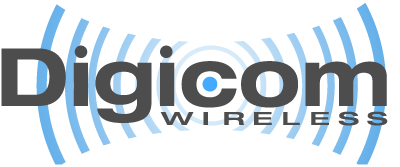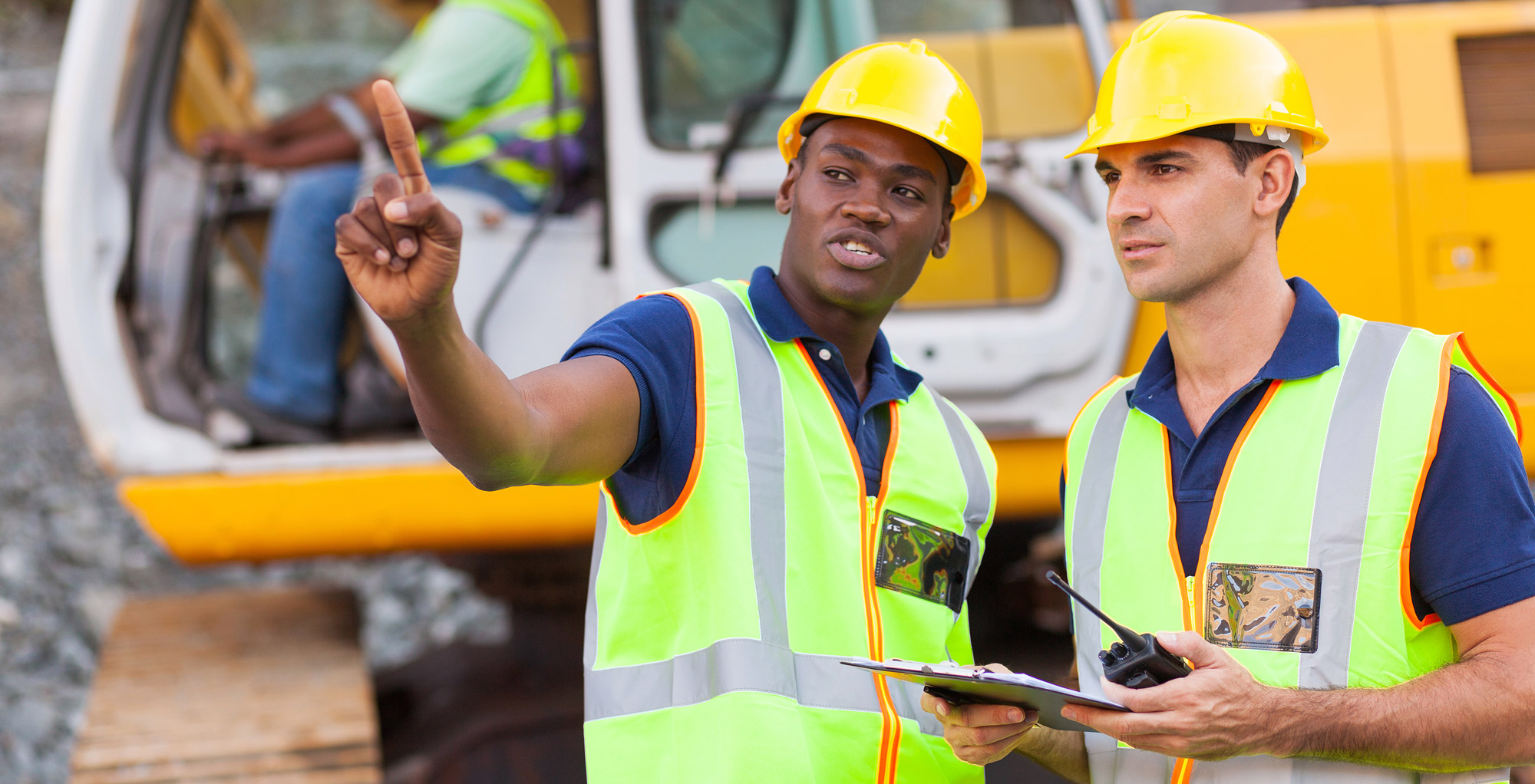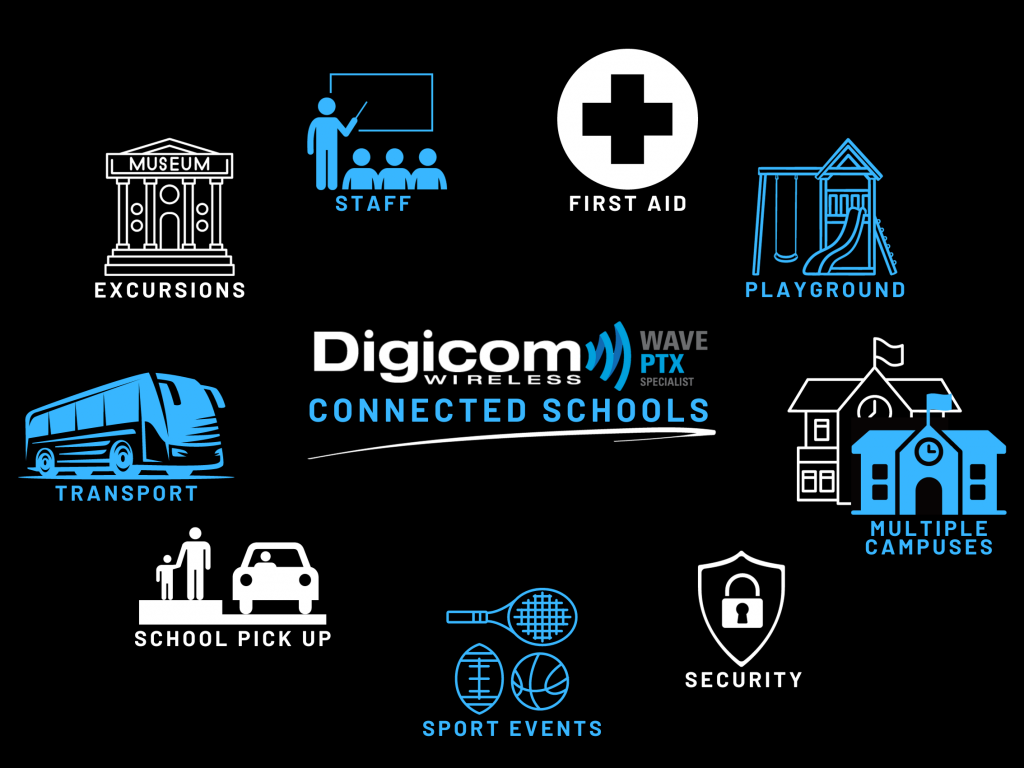Everywhere we look, things are going digital and two-way radios are no exception to this trend. In fact, digital radio technology is becoming more affordable, user-friendly and efficient than ever before with analogue appears to have plateaued in innovation. Here are some of the main areas our clients have encountered benefits after transitioning between the two technologies:
Coverage and clarity
Digital radio coverage is approximately twenty per cent stronger than analogue. This is because analogue signal gradually deteriorates to white noise when it moves away from its transition point, while digital retains its full sound quality until end of range. By stripping away the white noise, digital radio operates more efficiently in low-coverage range situations, providing greater voice clarity and new opportunities to expand usage.
Battery life
Because analogue radio systems operate 24/7, they tend to be quite power-demanding. On the other hand, digital radios use less energy, providing thirty to fifty per cent longer battery life on every charge. With less time spent charging, many of our clients have enjoyed the benefits of reduced downtime, communicating longer on a single charge improving productivity.
Privacy
Interference or interception is common on traditional analogue radio systems. On the other hand, because they communicate via data as opposed to radio frequency, digital radios can be securely encrypted. This makes it far more difficult for third parties to gain access to organisations’ privileged data, which has provided peace of mind to many in knowing their information will remain safe and secure.
GPS Location Tracking
Digital radios can now broadcast specific GPS coordinates in real time, so the whereabouts of employees is easily known. Not only does this create multiple opportunities to improve efficiency and productivity, it is also an extremely advantageous safety tool in the case of an emergency.
Other capabilities
While all systems are different and cater to a variety of needs, digital radio has introduced a range of new capabilities to enhance performance and productivity. These include additional safety and identification features like voice communications with recording, and the Man-Down Signal, which sets of an alarm if a radio is left horizontal for too long, or Push-to-Talk, which automatically identifies users in a similar way as call ID. Plus, not only does digital radio allow you to download new features from the internet as they’re developed, it also unlocks the potential to connect to the Internet of Things, which is likely to offer a range of future benefits.
So, is it time to switch?
While analogue systems are affordable and may adequately fulfil your current needs, digital is the future. And while we understand that transitioning to the latest technology may come with a price tag, it’s likely to enhance safety conditions and boost overall productivity, leading to time, energy and cost savings in the long-term.
With 30 years’ experience in two-way radio technologies, Digicom Wireless provides innovative expert recommendations, helping you find a digital solution suited to the unique needs of your organisation in its sector. We also provide finance packages to help you keep up with the latest technologies without impacting your cash flow. For upgrades, support or more information on how to make your transition as quick and painless as possible, contact us on 1300 398 221.






